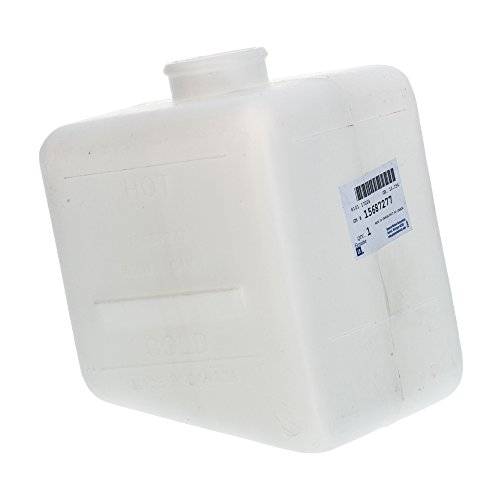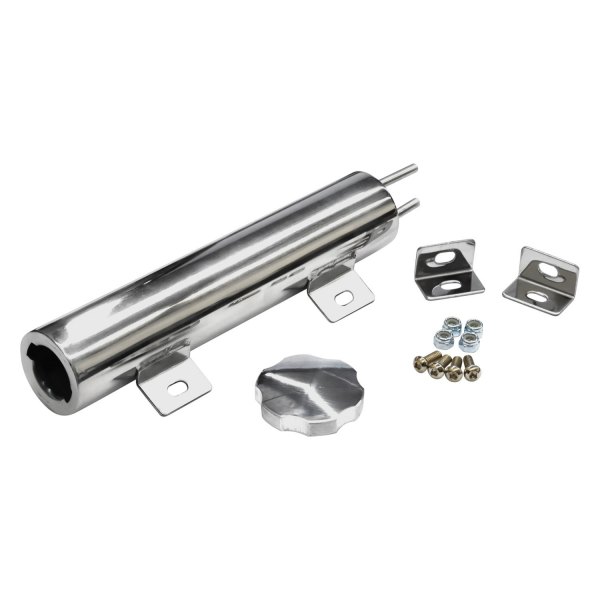
Modern radiators have aluminum cores, and often save money and weight by using plastic headers with gaskets. For many years radiators were made from brass or copper cores soldered to brass headers. This core is usually made of stacked layers of metal sheet, pressed to form channels and soldered or brazed together. For long vehicles, such as buses, side airflow is most common for engine and transmission cooling and top airflow most common for air conditioner cooling.Īutomobile radiators are constructed of a pair of metal or plastic header tanks, linked by a core with many narrow passageways, giving a high surface area relative to volume. Alternatively, the radiator may draw air from the flow over the top of the vehicle or from a side-mounted grill. Where engines are mid- or rear-mounted, it is common to mount the radiator behind a front grill to achieve sufficient airflow, even though this requires long coolant pipes. A radiator is typically mounted in a position where it receives airflow from the forward movement of the vehicle, such as behind a front grill. Radiators are also used to cool automatic transmission fluids, air conditioner refrigerant, intake air, and sometimes to cool motor oil or power steering fluid. The radiator transfers heat from the coolant to the passing air. Once the coolant absorbs the heat from the engine it continues its flow to the radiator. To combat this effect, coolant is circulated through the engine where it absorbs heat. If heat were allowed to increase unchecked, detonation would occur, and components outside the engine would fail due to excessive temperature. The combustion process produces a large amount of heat. a fan to draw cool air through the radiator.a thermostat to control temperature by varying the amount of coolant going to the radiator.a water pump, usually of the centrifugal type, to circulate the coolant through the system.a radiator, consisting of many small tubes equipped with a honeycomb of fins to dissipate heat rapidly, that receives and cools hot liquid from the engine.
DOES RADIATOR OVERFLOW TANK NEED TO BE VENTED SERIES
a series of galleries cast into the engine block and cylinder head, surrounding the combustion chambers with circulating liquid to carry away heat.Antifreeze itself is usually ethylene glycol or propylene glycol (with a small amount of corrosion inhibitor).Ī typical automotive cooling system comprises: This liquid may be water (in climates where water is unlikely to freeze), but is more commonly a mixture of water and antifreeze in proportions appropriate to the climate. In automobiles and motorcycles with a liquid-cooled internal combustion engine, a radiator is connected to channels running through the engine and cylinder head, through which a liquid (coolant) is pumped.

It is common to employ a water pump to force the engine coolant to circulate, and also for an axial fan to force air through the radiator.Īutomobiles and motorcycles Coolant being poured into the radiator of an automobile

Engine coolant is usually water-based, but may also be oil. Internal combustion engines are often cooled by circulating a liquid called engine coolant through the engine block, and cylinder head where it is heated, then through a radiator where it loses heat to the atmosphere, and then returned to the engine. Radiators are heat exchangers used for cooling internal combustion engines, mainly in automobiles but also in piston-engined aircraft, railway locomotives, motorcycles, stationary generating plant or any similar use of such an engine. For other uses, see Radiator (disambiguation).Ī typical engine coolant radiator used in an automobile


 0 kommentar(er)
0 kommentar(er)
